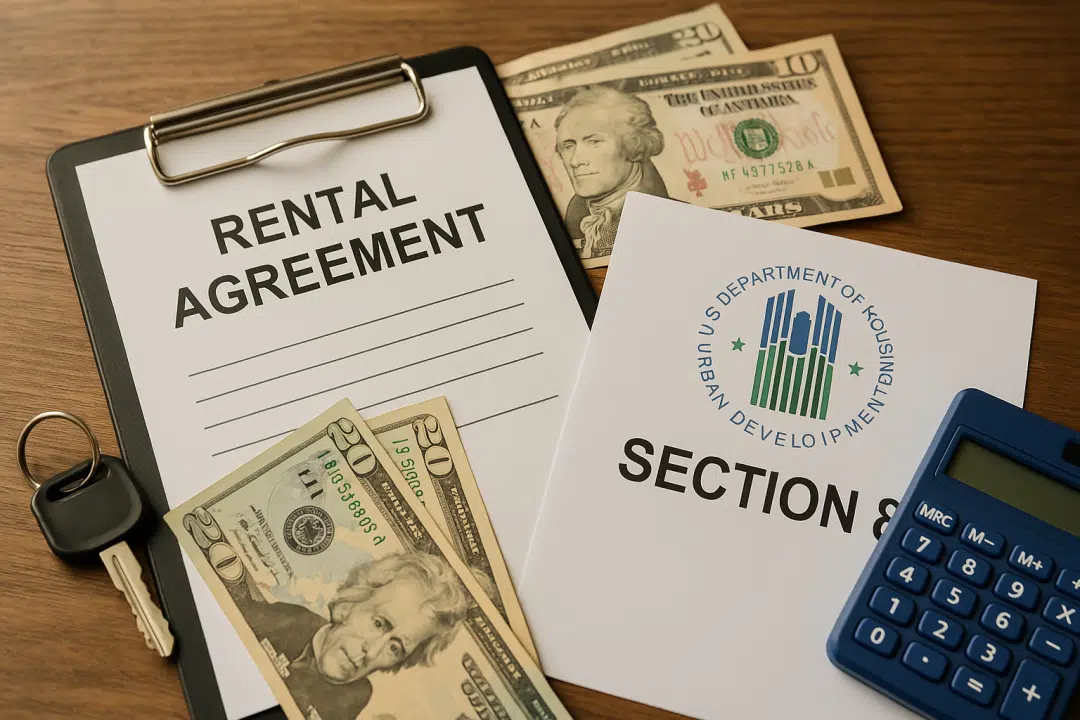President Donald Trump’s proposed 2026 federal budget would slash rental assistance funding by 40%, a move that housing advocates warn could trigger an unprecedented spike in homelessness.

Under the plan, the Department of Housing and Urban Development (HUD) would no longer oversee programs like Section 8 and other voucher systems as they currently exist. Instead, the federal government would send smaller block grants to states, allowing them to design their own rental aid programs “based on their unique needs and preferences.”
States could choose to add their own funding to maintain coverage levels—but would not be required to.
Two-year cap and shrinking federal role
The Trump administration’s proposal would also impose a two-year cap on rental assistance for able-bodied adults. Officials say this change would prioritize subsidies for elderly and disabled Americans, who are less able to earn income independently.
HUD Secretary Scott Turner called the plan a “bold” attempt to overhaul what he labeled a “bloated and bureaucratic” system.
However, housing advocates warn that many renters already at risk could lose vital assistance. Nearly half of renters nationwide are considered cost-burdened, spending more than 30% of their income on housing. Federal rental aid already serves only about one-quarter of eligible individuals.
“Cutting that really feels like cutting into bone,” said Ann Oliva, CEO of the National Alliance to End Homelessness.
Impact on homelessness and local economies
Advocates predict a sharp rise in homelessness if millions of low-income households lose access to rental assistance. Local economies could also feel ripple effects: increased strain on emergency rooms, school systems, and food aid programs.
“This is not fixing anything,” said Jessica Kubicki with Connecticut’s Housing Collective. “This is making everything so much worse.”
The cuts would come on top of expiring emergency housing vouchers funded through the COVID-era American Rescue Plan, which are already running out faster than expected due to rising rents.
Shift away from permanent housing solutions
Trump’s budget would cut HUD’s homelessness programs by 12% and shift funding models. Instead of directing money through local nonprofits focused on permanent housing, the administration would channel funds to state governments for use in shelters and short-term housing.
Advocates, including Oliva, caution that homelessness solutions require hyperlocal knowledge, which many state agencies lack. “Homelessness is a very local issue,” she said.
The plan also proposes eliminating other HUD initiatives, including programs that fund fair housing enforcement and community development grants.
Congressional outlook
While the White House proposal outlines Trump’s priorities, Congress ultimately controls federal spending. Experts believe deep cuts to HUD programs are unlikely to pass in their full form, given bipartisan concern over rising homelessness and housing shortages.
Still, the administration’s aggressive budget plan puts pressure on Congress to make spending cuts elsewhere—and signals a major ideological shift in federal housing policy if re-elected.

